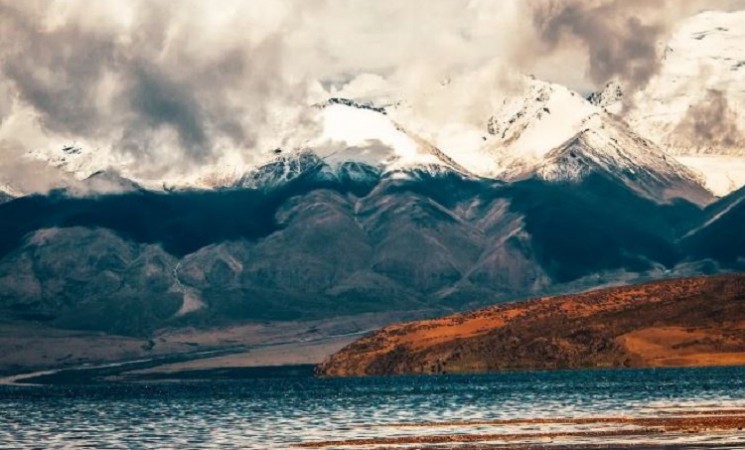
The Kailash Manasarovar Yatra is a sacred pilgrimage that holds deep spiritual significance for millions of Hindus, Buddhists, Jains, and Bon followers. Located in the remote western region of Tibet, this journey takes pilgrims to the majestic Mount Kailash and the serene Lake Manasarovar. The yatra is not only an arduous physical journey but also a transformative spiritual quest that allows devotees to seek blessings, cleanse their souls, and experience a profound connection with the divine.
Historical and Spiritual Significance: Mount Kailash and Lake Manasarovar have been revered for millennia. In Hindu mythology, Mount Kailash is believed to be the abode of Lord Shiva, the destroyer and transformer in the Holy Trinity, along with Lord Brahma, the creator, and Lord Vishnu, the preserver. For Buddhists, it is the sacred Kang Rinpoche, believed to be the home of Buddha Demchok. Jain and Bon followers also consider Mount Kailash as a sacred site, adding to its religious importance.
Lake Manasarovar, situated at the foot of Mount Kailash, is considered one of the holiest lakes in the world. It is believed to have been created by Lord Brahma and is known for its crystal-clear waters, which are said to possess the power to cleanse the soul of sins. The combined spiritual energies of the mountain and the lake make the Kailash Manasarovar Yatra an essential journey for devout pilgrims seeking spiritual enlightenment and divine blessings.
The Pilgrimage: The Kailash Manasarovar Yatra typically commences from either Kathmandu, Nepal, or various points in India. From these starting points, pilgrims undertake a demanding journey, crossing rugged terrains, high mountain passes, and inhospitable landscapes. The most common routes include the Lipulekh Pass, which connects India and Tibet, and the Nathu La Pass, which links India and China.
The journey is often a physically demanding one, requiring participants to be in good health and prepared for high altitudes and extreme weather conditions. The trek covers a distance of around 52 kilometers, and it takes around 3-4 days to circumambulate Mount Kailash on foot. Some elderly or physically challenged pilgrims opt for a pony or yak ride to complete the parikrama (circumambulation) around the mountain.
Spiritual Experiences: The Kailash Manasarovar Yatra is not merely a physical expedition; it is primarily a spiritual journey of self-discovery and devotion. Along the way, pilgrims engage in meditative practices, prayers, and chanting of sacred hymns, fostering a sense of peace and harmony amidst the breathtaking natural beauty surrounding them.
During the parikrama, devotees believe that every step they take erases sins and brings them closer to divine liberation or 'moksha.' The yatra is also an opportunity for pilgrims to let go of material attachments, reflect on their lives, and seek spiritual enlightenment.
Diplomatic and Logistical Challenges: The Kailash Manasarovar Yatra presents various diplomatic and logistical challenges due to its remote location and the sensitive geopolitical situation in the region. The yatra involves coordination between India, Nepal, and China, and securing the necessary permits and approvals can be a complex process. Additionally, the difficult terrain and weather conditions make the pilgrimage physically demanding, requiring proper arrangements for the safety and well-being of the participants.
The Kailash Manasarovar Yatra is much more than a physical pilgrimage; it is a spiritual sojourn that offers a unique opportunity for devotees to connect with their inner selves and the divine. It is a test of endurance, devotion, and determination, drawing people from diverse cultural backgrounds to share in the spiritual energies of Mount Kailash and Lake Manasarovar.
Despite the challenges, the yatra continues to be a profoundly transformative experience for those who embark on this spiritual odyssey, leaving them with a renewed sense of faith, humility, and reverence for the beauty of nature and the divine. As pilgrims return from this sacred journey, they carry with them not only memories of the majestic landscapes but also the inner peace and blessings they received on the holy land of Kailash and the sacred shores of Manasarovar.